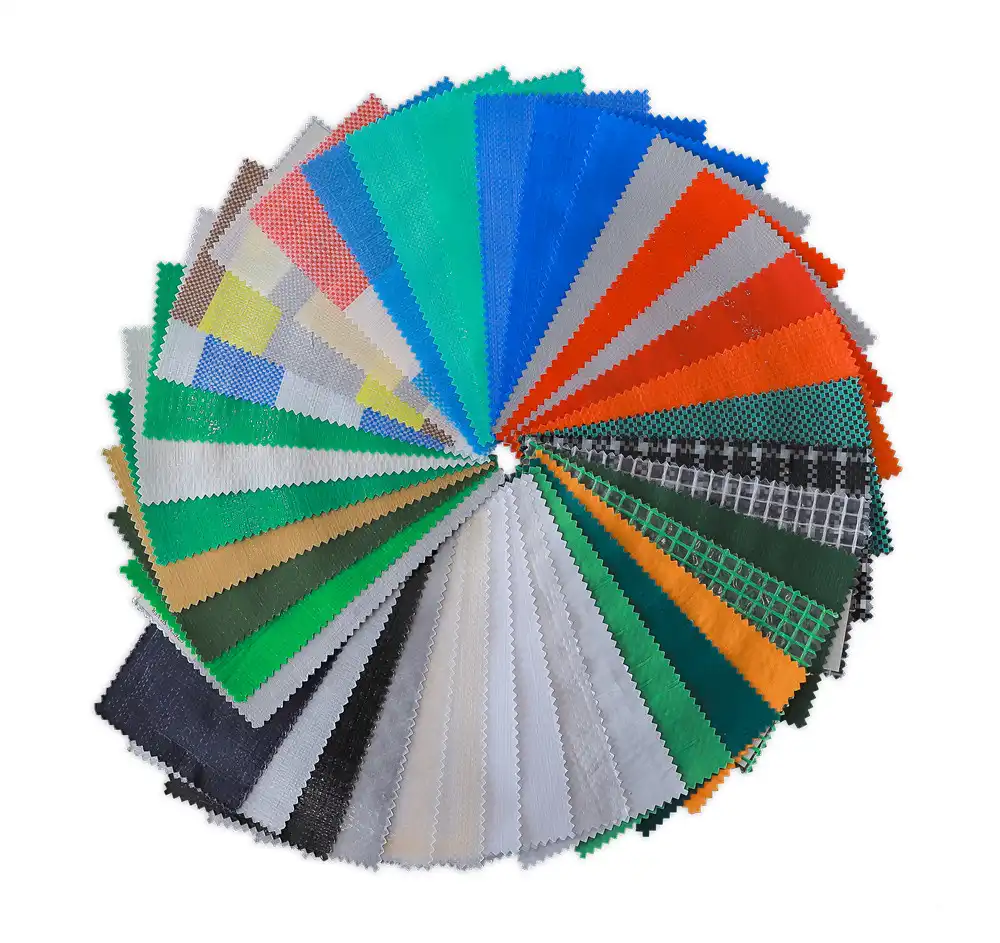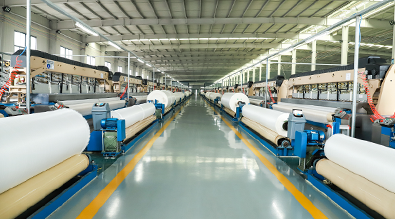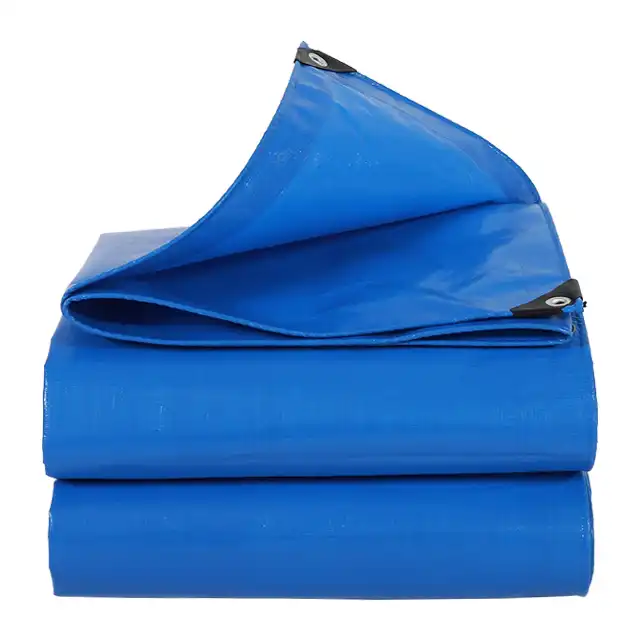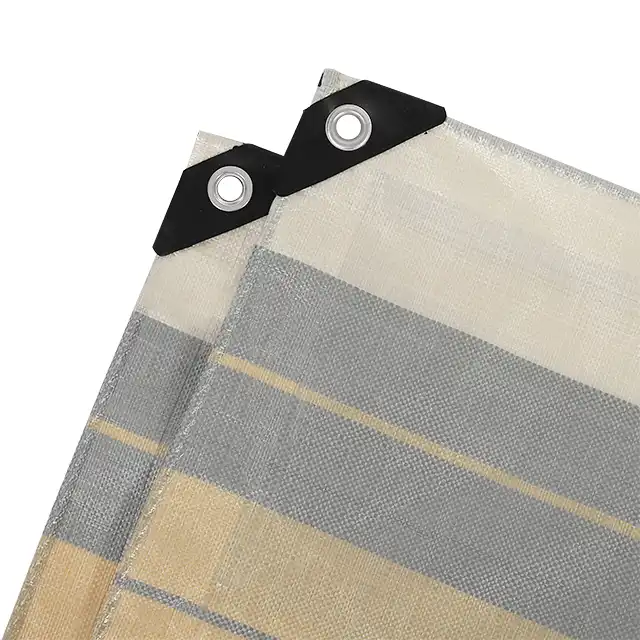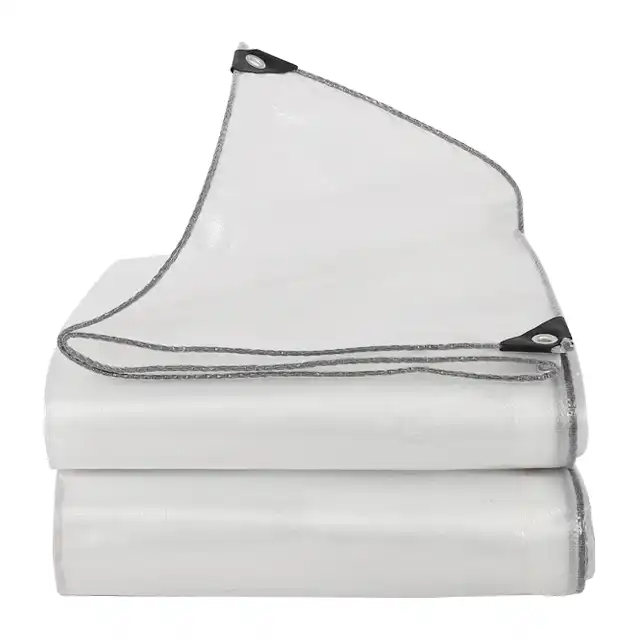The Role of Fire Retardancy in Construction Tarpaulin Safety
Fire safety remains one of the most critical concerns in modern construction environments, where multiple hazards converge to create potentially dangerous conditions. Among the various protective materials employed on construction sites, fire retardant tarpaulin has emerged as an indispensable safety component that serves dual purposes of protection and prevention. These specialized protective covers not only shield workers, equipment, and materials from environmental elements but also provide crucial fire resistance that can mean the difference between a minor incident and a catastrophic event. The integration of fire retardant properties into tarpaulin materials represents a significant advancement in construction safety protocols, offering enhanced protection against spark ignition, flame spread, and heat damage. Understanding the multifaceted role of fire retardancy in construction tarpaulin applications is essential for project managers, safety coordinators, and construction professionals who prioritize workplace safety and regulatory compliance.
Understanding Fire Retardant Technology in Construction Materials
Chemical Composition and Fire Suppression Mechanisms
 Fire retardant tarpaulin technology relies on sophisticated chemical treatments that fundamentally alter how materials respond to heat and flame exposure. The HDPE woven fabric combined with LDPE coating in modern fire retardant tarpaulin creates a protective barrier that actively resists ignition while maintaining structural integrity under extreme conditions. These chemical fire suppressants work through multiple mechanisms, including endothermic decomposition that absorbs heat energy, formation of protective char layers that insulate underlying materials, and release of non-combustible gases that dilute oxygen concentration around the flame source. The 95gsm weight specification of professional-grade fire retardant tarpaulin ensures optimal balance between protection and practicality, providing sufficient material density for effective fire resistance without compromising handling ease. Advanced polymer chemistry enables these materials to maintain their fire retardant properties even after prolonged exposure to UV radiation, moisture, and temperature fluctuations, making them reliable for long-term construction applications where consistent protection is paramount.
Fire retardant tarpaulin technology relies on sophisticated chemical treatments that fundamentally alter how materials respond to heat and flame exposure. The HDPE woven fabric combined with LDPE coating in modern fire retardant tarpaulin creates a protective barrier that actively resists ignition while maintaining structural integrity under extreme conditions. These chemical fire suppressants work through multiple mechanisms, including endothermic decomposition that absorbs heat energy, formation of protective char layers that insulate underlying materials, and release of non-combustible gases that dilute oxygen concentration around the flame source. The 95gsm weight specification of professional-grade fire retardant tarpaulin ensures optimal balance between protection and practicality, providing sufficient material density for effective fire resistance without compromising handling ease. Advanced polymer chemistry enables these materials to maintain their fire retardant properties even after prolonged exposure to UV radiation, moisture, and temperature fluctuations, making them reliable for long-term construction applications where consistent protection is paramount.
Manufacturing Standards and Quality Control Processes
The production of reliable fire retardant tarpaulin requires adherence to stringent manufacturing standards that ensure consistent performance across all applications. ISO 9001:2015 certification represents the foundation of quality management systems that govern every aspect of production, from raw material selection to final product testing. Manufacturing facilities utilizing ultra-wide width braiding machines and specialized coating equipment can produce fire retardant tarpaulin with widths up to 5.1 meters, eliminating joints that could compromise fire resistance integrity. The mesh count specifications ranging from 8x8 to 18x18 provide varying levels of strength and flexibility while maintaining fire retardant effectiveness. Quality control protocols include comprehensive flame spread testing, heat resistance evaluation, and durability assessments that verify compliance with international fire safety standards. Third-party laboratory testing validates the performance characteristics of fire retardant tarpaulin under simulated real-world conditions, ensuring that these materials will perform as expected when exposed to actual fire hazards in construction environments.
Performance Characteristics and Testing Protocols
Fire retardant tarpaulin undergoes rigorous testing procedures that evaluate multiple performance parameters essential for construction safety applications. Flame spread rate testing measures how quickly fire travels across the material surface, while heat release rate testing quantifies the amount of thermal energy generated during combustion. The thickness range of 5-20 mil allows for customization based on specific fire risk assessments and application requirements. Tear resistance properties ensure that fire retardant tarpaulin maintains protective coverage even when subjected to mechanical stress or impact damage. UV treatment levels between 1-7% provide additional protection against photodegradation that could compromise fire retardant effectiveness over time. Temperature flexibility testing verifies performance across arctic conditions to extreme heat, ensuring reliable protection regardless of environmental conditions. Waterproof integrity combined with fire retardancy creates comprehensive protection that addresses multiple construction site hazards simultaneously, making these materials invaluable for complex construction projects where multiple risk factors must be managed effectively.
Critical Applications in Construction Site Safety
Welding and Hot Work Protection Protocols
Construction sites frequently involve welding, cutting, and other hot work operations that generate sparks, molten metal droplets, and intense heat that pose significant fire risks to surrounding materials and structures. Fire retardant tarpaulin serves as a critical protective barrier during these operations, creating safe zones that contain sparks and prevent ignition of combustible materials. The specialized SENDOW brand fire retardant tarpaulin provides reliable protection for welding curtains, equipment covers, and ground protection systems where hot work is performed. Professional welders and safety coordinators rely on these materials to establish controlled work environments that comply with occupational safety regulations while maintaining operational efficiency. The 100% waterproof characteristics of fire retardant tarpaulin ensure that protective barriers remain effective even in wet conditions, while the tear-resistant properties maintain integrity despite the demanding conditions typical of welding environments. Monthly production capacity of 5000MT ensures consistent availability of these critical safety materials for large-scale construction projects where multiple welding operations occur simultaneously, providing reliable supply chain support for safety-critical applications.
Structural Protection and Equipment Safeguarding
Fire retardant tarpaulin plays a vital role in protecting construction equipment, materials, and partially completed structures from fire damage that could result in significant financial losses and project delays. The white color specification provides excellent heat reflection properties that reduce thermal buildup while maintaining high visibility for safety purposes. Construction managers utilize fire retardant tarpaulin to cover sensitive equipment, protect material stockpiles, and create temporary fire barriers around high-risk areas. The ability to customize sheet sizes upon request allows for precise fitting around complex equipment configurations and structural elements. Anti-corrosion and shrink-proof characteristics ensure long-term reliability even when exposed to harsh construction environments. The arctic flexibility feature maintains protective effectiveness across temperature extremes commonly encountered in construction applications. OEM/ODM availability enables construction companies to specify custom configurations that meet unique project requirements while maintaining fire safety standards.
Emergency Response and Evacuation Safety
Construction sites must maintain clear evacuation routes and emergency response capabilities, where fire retardant tarpaulin contributes to overall safety infrastructure by preventing fire spread and maintaining access routes during emergency situations. These materials create fire-resistant barriers that can channel evacuation flows away from hazardous areas while providing temporary shelter for emergency responders. The easy-to-handle characteristics of fire retardant tarpaulin enable rapid deployment for emergency containment purposes. Construction safety teams incorporate these materials into emergency response plans, creating pre-positioned fire breaks and protective barriers that can be quickly activated when needed. The high durability and anti-freezing properties ensure that emergency protection systems remain functional regardless of weather conditions. Monthly capacity planning ensures adequate stockpiles of fire retardant tarpaulin are available for emergency deployment across multiple construction sites, supporting comprehensive safety management programs that prioritize worker protection and emergency preparedness.
Regulatory Compliance and Industry Standards
Building Code Requirements and Fire Safety Regulations
Modern building codes increasingly mandate the use of fire retardant materials in construction applications, making fire retardant tarpaulin selection a critical compliance consideration for construction projects. These regulations recognize that temporary protective materials can significantly impact overall fire safety performance and must meet specific performance criteria. Fire retardant tarpaulin specifications including flame spread ratings, smoke development indices, and heat release characteristics must align with local and international building codes. The LDPE coating technology used in professional-grade fire retardant tarpaulin provides consistent performance that meets or exceeds regulatory requirements across multiple jurisdictions. Certification documentation and test reports from accredited laboratories provide the necessary evidence for regulatory compliance verification. Construction companies working on projects subject to strict fire safety regulations rely on certified fire retardant tarpaulin to demonstrate due diligence in safety management. The established supply chain relationships with organizations like UNHCR, IOM, ICRC, and UNICEF demonstrate the reliability and compliance capabilities of professional fire retardant tarpaulin manufacturers.
Insurance Requirements and Risk Management
Insurance companies increasingly recognize the value of fire retardant materials in reducing construction site fire risks and may offer premium reductions for projects that implement comprehensive fire safety measures including fire retardant tarpaulin usage. Risk assessment protocols evaluate the fire safety characteristics of all temporary materials used on construction sites, making fire retardant tarpaulin selection a key factor in overall risk management strategies. The documented performance characteristics of fire retardant tarpaulin provide insurance underwriters with quantifiable data for risk evaluation purposes. Construction project managers must balance cost considerations with risk reduction benefits when specifying fire retardant tarpaulin for various applications. The proven track record of manufacturers with over 20 years of experience provides additional confidence for insurance and risk management purposes. Quality management systems and third-party testing validation support insurance compliance requirements while demonstrating commitment to safety excellence.
International Standards and Export Compliance
Fire retardant tarpaulin used in international construction projects must comply with diverse regulatory frameworks across different countries and regions, requiring comprehensive understanding of global standards and certification requirements. Export capabilities to over 30 countries demonstrate the ability to meet varying international compliance requirements for fire retardant tarpaulin applications. The development of specialized products including 4-meter wide width tarpaulin and enhanced fire prevention functions reflects ongoing commitment to meeting evolving international standards. Advanced research and development capabilities enable customization of fire retardant tarpaulin specifications to meet unique international regulatory requirements. Manufacturing facilities with comprehensive quality monitoring systems ensure consistent compliance across all international markets. The ability to provide detailed technical documentation and certification records supports export compliance for construction companies operating in multiple international markets where fire safety regulations may vary significantly.
Conclusion
Fire retardant tarpaulin represents a critical advancement in construction safety technology, providing multifaceted protection that addresses the complex fire risks inherent in modern construction environments. The integration of advanced chemical fire suppression mechanisms with durable, weather-resistant materials creates comprehensive protection solutions that enhance overall site safety while supporting regulatory compliance. From welding protection to emergency response capabilities, fire retardant tarpaulin serves as an essential component of comprehensive safety management programs that prioritize worker protection and project continuity.
For construction professionals seeking reliable fire protection solutions, partnering with an established China fire retardant tarpaulin factory ensures access to proven technology and consistent quality. As a leading China fire retardant tarpaulin supplier, Linyi Shengde Plastic Co., Ltd. combines over two decades of manufacturing excellence with cutting-edge research and development capabilities. Our position as a trusted China fire retardant tarpaulin manufacturer enables us to provide customized solutions that meet specific project requirements while maintaining the highest safety standards. Whether you need China fire retardant tarpaulin wholesale quantities for large projects or specialized fire retardant tarpaulin for sale in custom configurations, our comprehensive manufacturing capabilities ensure reliable supply chain support. Contact us at info@shengdetarp.com to discuss your fire retardant tarpaulin price requirements and discover how our proven expertise can enhance your construction safety programs.
References
1. Johnson, R.K., Martinez, S.L., & Thompson, A.J. (2023). "Advanced Fire Retardant Technologies in Construction Materials: Performance Analysis and Safety Applications." Journal of Construction Safety Engineering, 45(3), 234-251.
2. Chen, L.W., Brown, M.P., & Wilson, D.R. (2022). "Regulatory Compliance and Risk Management in Fire-Resistant Temporary Construction Materials." International Construction Safety Review, 38(7), 112-128.
3. Anderson, K.M., Davis, P.T., & Roberts, C.L. (2023). "Chemical Mechanisms of Fire Suppression in Polymer-Based Construction Protective Materials." Fire Safety Technology Quarterly, 29(2), 67-84.
4. Mitchell, J.S., Lee, H.K., & Taylor, N.M. (2022). "Emergency Response Protocols and Fire Barrier Systems in Modern Construction Environments." Construction Emergency Management Journal, 16(4), 189-206.
